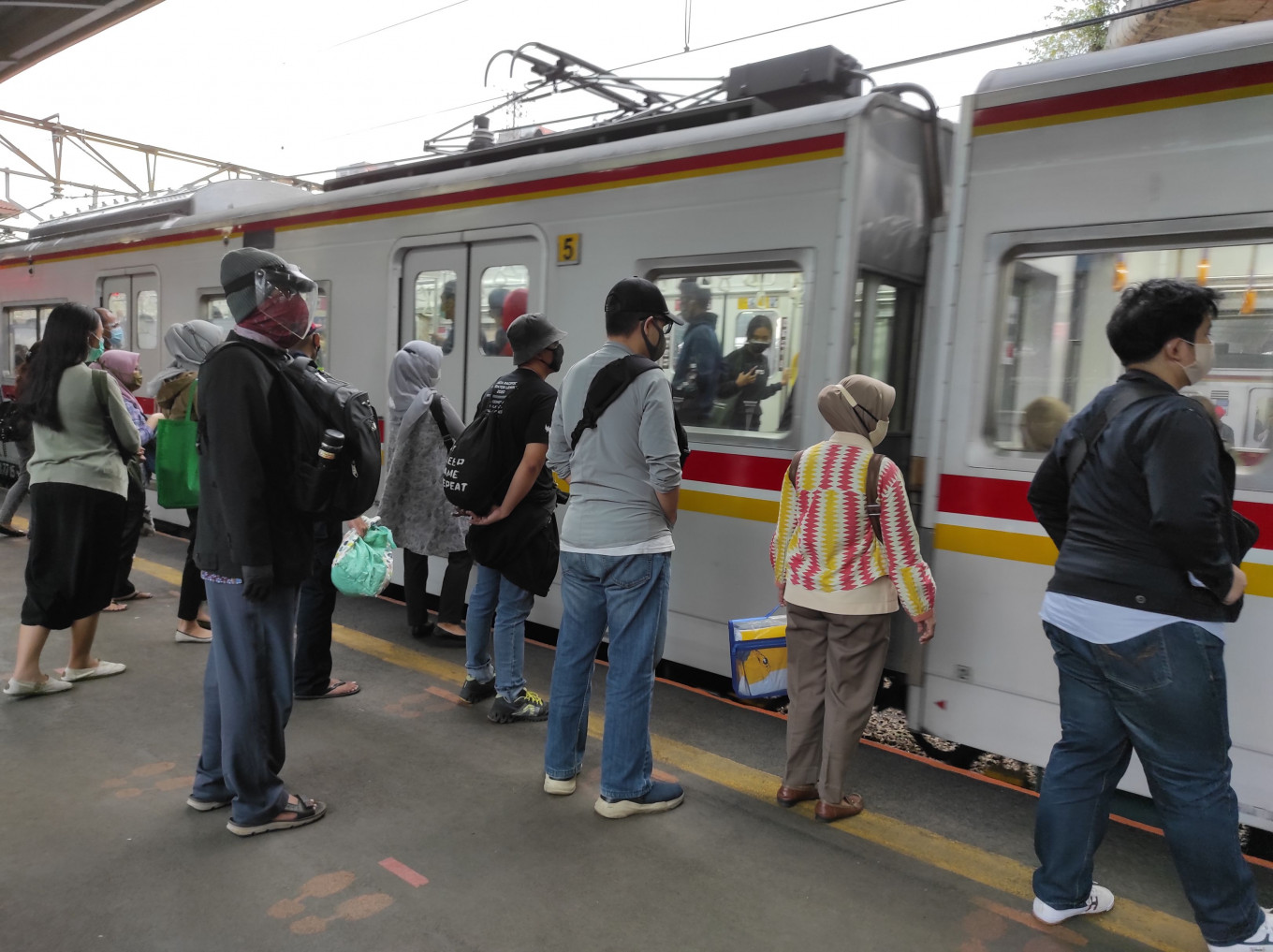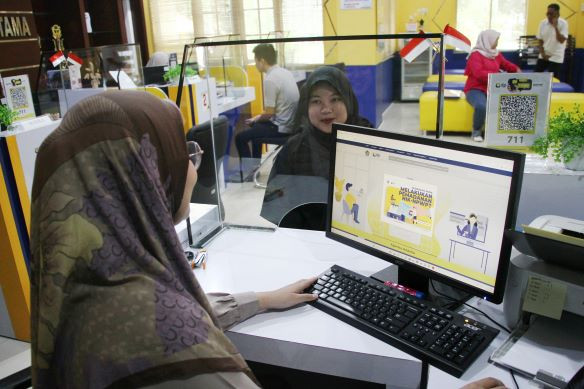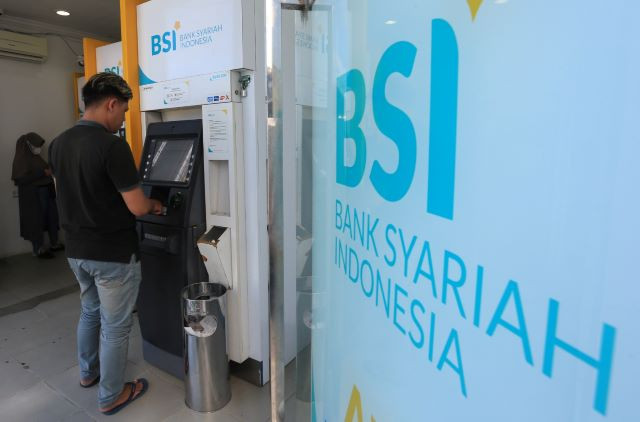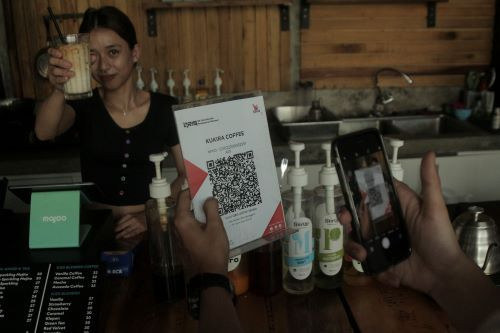Can Jakarta lead the COVID-19 campaign?
With Jakarta having the highest COVID-19 infection rate in the country, allowing mudik risks spreading the virus to rural areas that have been insulated.
Change Size
 Commuters wait to board a train at Tanah Abang Station in Jakarta after work hours on Jan. 28, 2021. (TJP/Ardila Syakriah)
Commuters wait to board a train at Tanah Abang Station in Jakarta after work hours on Jan. 28, 2021. (TJP/Ardila Syakriah)
A
s the seat of the nation’s capital, Jakarta sets the trend on many issues, whether it is politics, economics, socio-culture and entertainment. It is also leading when it comes to COVID-19, with the city reporting the first cases in March last year, and then consistently reporting the highest infection rate and the most deaths caused by the virus.
Will Jakarta set the trend as the nation struggles to get out of the pandemic and revive the economy? There are some encouraging signs to suggest this could be the case. Still with the highest COVID-19 infection rate in the country, with other Java provinces close behind, Jakarta has seen a steady fall in the number of daily cases and deaths since February.
The number of daily fatalities among COVID-19 patients fell significantly since its peak of 70 on Feb. 1 to an average of just 11 this past week. If in the first week of February, Jakarta buried an average of 78 people each day who died of the virus, last week it buried an average of 36 people a day.
The number of new cases reported each day has dropped from an average of 3,370 in the first week of February to 968 cases last week. On Tuesday, however, the infection rate spiked above the 1,000 mark. Whether this was just a freak incident or the start of new trend, the next few days will tell.
There is also less pressure on the city’s hospital resources to accommodate COVID-19 patients. The occupancy rate of hospitals dropped to below 50 percent this week, from above 90 percent in January.
Jakarta has been leading the national COVID-19 vaccination program, which was rolled out in January. It is too soon, however, to attribute the decline in the infection rate to the program because the city has simultaneously cut the COVID-19 testing rate by 50 percent since the rollout.
And the government is not taking any chances. The ban on mudik, a tradition of city people heading to their rural villages to celebrate the end of the Ramadan fasting month, is no doubt primarily aimed at Jakartans. With Jakarta having the highest COVID-19 infection rate in the country, allowing mudik risks spreading the virus to rural areas that have been insulated.
Nevertheless, all eyes turn to the capital city to show the way out of the pandemic. It is here where the government is pouring most resources to combat the virus, from the testing and distribution of relief supplies for the poor, to the vaccination program.
The pandemic has also led to tensions between the central government and the Jakarta administration as they fought on how to handle the pandemic. Given Jakarta Governor Anies Baswedan’s power ambitions, how he handles COVID-19 could make or break his chances in the 2024 presidential election.
Jakarta has taken Indonesia into the COVID-19 pandemic, now let’s see if it can lead the nation out of it.









